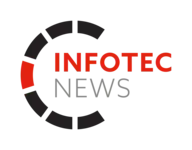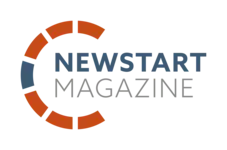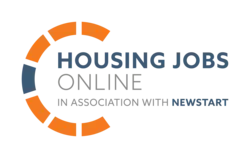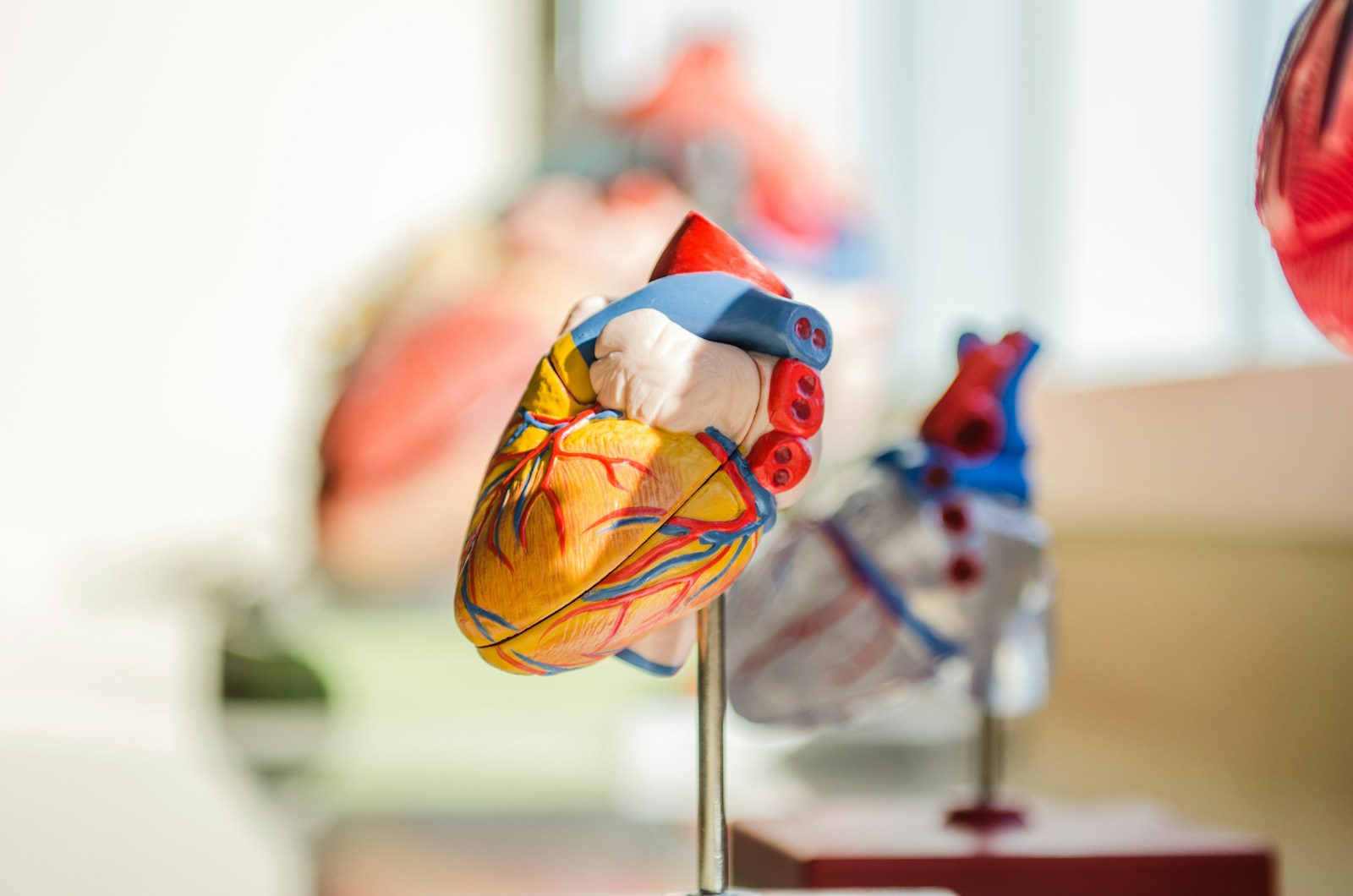Today, 20th February, experts from Amsterdam University Medical Center (UMC) and Johns Hopkins University published new research outlining a new gene therapy which could help restore the hearts electrical rhythm.
For the first time, the research team have shown that it is possible to introduce a gene called SCN10a-short (S10s) into the heart with an AAV vector which leads to faster conduction. This means it could help individuals suffering with cardiac arrhythmias – a condition that causes an abnormal heartbeat.
So far, the research has been tested in various animal models and in human heart muscle cells derived from stem cells and a computational model of the human heart. Though this is a positive step, experts realise more work needs to be done.
‘The search for a gene therapy is not a new one but until now we had the pretty fundamental problem that the potential effective genes we had identified were too large to be transported via a viral vector into heart muscle cells,’ Gerard Boink, cardiologist at Amsterdam UMC and coordinating author of the study said. ‘Think of this vector like being a suitcase, up until now most of the relevant genes were just too big to fit in.’
‘These are great early steps but now we need to continue our research in order to find out if this approach will really translate into clinical practice. If it does, then we should be able to significantly reduce the occurrence of arrhythmias and make a meaningful impact on patient mortality,’ Boink continued.
Echoing a similar tone, Phil Barnett, senior researcher in the Department of Medical Biology at Amsterdam UMC, added: ‘Findings a small enough gene was of course a crucial first step and in S10s we also have found a gene that may be able to reverse the conduction slowing and allow the heart to beat at its regular rhythm.’
To give context on how life-changing this research could be, recent statistics show cardiac arrhythmias affect million across the world and are responsible for a fifth of all deaths in the Neverlands.
The research was published in the European Heart Journal and can be accessed in full here.
Photo by jesse orrico
In related news:

















